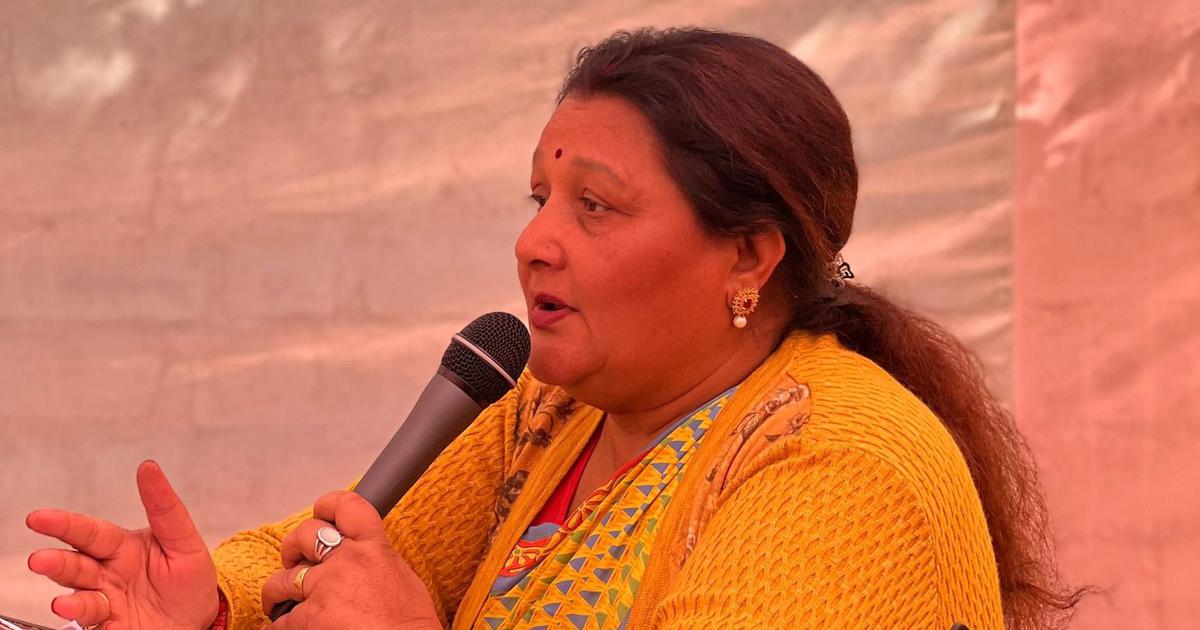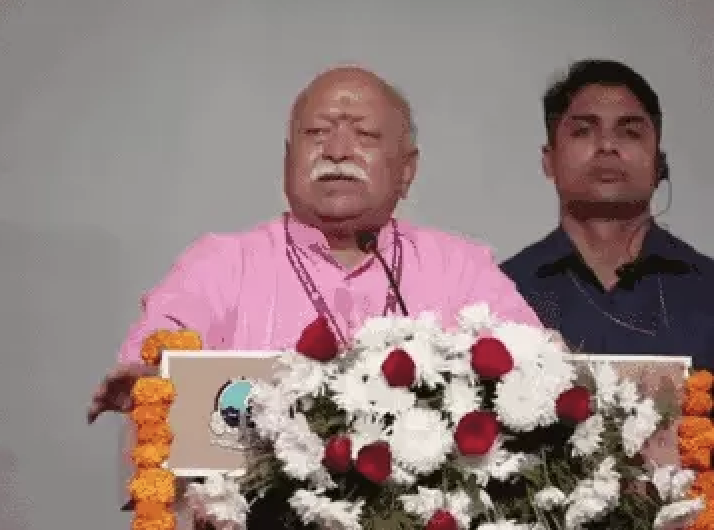
(Photo: Namita Chauhan/The Quint)
By ABHILASH MALLICK / The Quint
In his Vijayadashmi speech at the RSS headquarters in Nagpur on Wednesday, 5 October, Rashtriya Swayamsevak Sangh (RSS) chief Mohan Bhagwat called for a “comprehensive population control policy” that applies “equally” to everyone.
He also asked people to be careful about “religion-based population imbalance” and claimed that the phenomenon led to creation of new countries such as East Timor, South Sudan and Kosovo.
He further claimed that population imbalance leads to changes in geographical boundaries, and added that the differences in birth rate (fertility rate), conversions by force, lure or greed, and infiltration are also big reasons behind it.
DOES INDIA HAVE A RELIGION-BASED POPULATION IMBALANCE?
TFR is defined as the average number of children a woman will have by the time she ends childbearing.
Every religious group in the country has seen a fall in TFR, including the Muslim population. Although the rate of fertility is the highest among Muslims, but over the years, it has been steadily declining.
The TFR in the Muslim community decreased from 4.41 in 1992-93 to 2.3 in the latest report, while that in the Hindu community decreased from 3.3 in NFHS-1 to 1.94 in NFHS-5.
NFHS-5 has found that the Christian community has a fertility rate of 1.88 and the Sikh community 1.6, coming down from 2.87 and 2.43 in NFHS-1.
According to the census data, collated and published in the Handbook on Social Welfare Statistics 2018, Hindus made up 79.8 percent of India population in the 2011 census. That is a fall of 4.3 percentage points from the 84.1 percent population recorded in the 1951 census.
The Muslim population has increased by 4.4 percentage points since 1951 from 9.4 to 14.2 percent. The population of the remaining major religions – Christians, Sikhs, Buddhists and Jains – were relatively stable from 1951 to 2011.
If we look at the decadal growth rate of the Hindu population slowed from 19.92 percent between 1991 and 2001 to 16.76 percent between 2001 and 2011.
During the same time period, the decadal growth rate of the Muslim population fell sharply, from 29.52 percent to 24.6 percent.
This story was originally published in thequint.com . Read the full story here






